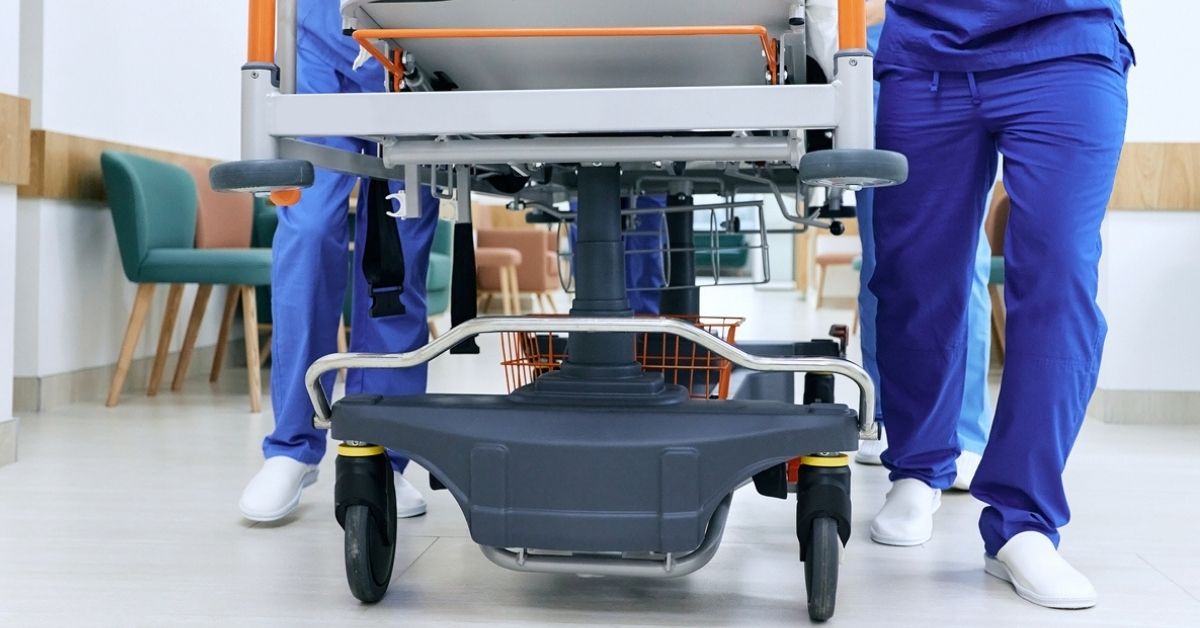At Quality Care ER, we understand that navigating the world of medical terminology can be overwhelming, especially during a medical emergency. To ensure that you feel informed and empowered, we have compiled a comprehensive guide to decode some common medical terms you might encounter when visiting our emergency room.
Triage: Prioritizing Your Care
When entering a medical emergency facility, a dedicated team of healthcare professionals will perform triage. Triage is a crucial process to assess the urgency of each patient's condition and prioritize their care accordingly. By efficiently evaluating the severity of cases, patients can receive the prompt attention they need.
Vitals: Monitoring Your Health
Vitals include essential measurements such as blood pressure, heart rate, respiratory rate, and body temperature. These indicators help gather critical information about your overall health to detect changes requiring immediate attention.
CT Scan: A Closer Look Inside
CT scans are required in cases where further diagnostic imaging is necessary. A CT scan, short for computed tomography, utilizes advanced technology to produce detailed cross-sectional images of the body. This non-invasive procedure helps physicians accurately diagnose conditions such as internal bleeding, fractures, or tumors, ensuring that appropriate treatment plans are implemented promptly.
MRI: Unveiling Deeper Insights
Advanced MRI capabilities provide patients with in-depth diagnostic imaging. MRI, or magnetic resonance imaging, uses powerful magnets and radio waves to create highly detailed images of the body's organs and tissues. This allows our experienced radiologists to evaluate injuries to the brain, spine, or joints, enabling precise diagnoses and personalized treatment approaches.
Intubation: Ensuring Proper Breathing
In critical situations where a patient cannot breathe adequately on their own, the healthcare team may perform intubation. Intubation involves inserting a tube into the airway to assist with breathing. This life-saving procedure is commonly carried out during instances of respiratory distress or under anesthesia, ensuring that oxygen is delivered efficiently to the patient's lungs.
Cardiac Arrest: Swift Intervention is Key
Cardiac arrest occurs when the heart suddenly stops beating, requiring immediate medical intervention. Highly trained staff will use advanced life support techniques, including cardiopulmonary resuscitation (CPR) and defibrillation, to restore normal heart rhythm and increase the chances of a positive outcome.
Intravenous (IV) Fluids: Replenishing Your Body
Intravenous fluids play a crucial role in the treatment of various conditions. Healthcare professionals utilize intravenous therapy to deliver fluids and medications directly into a patient's vein when oral intake is impossible. This method ensures efficient absorption, helps maintain hydration, and restores electrolyte balance in patients who require immediate medical attention.
ECG/EKG: Assessing Heart Function
To evaluate heart health and diagnose any potential cardiac abnormalities, an electrocardiogram (ECG or EKG) test is performed. An ECG measures the electrical activity of the heart and aids our medical professionals in detecting irregular heart rhythms, identifying signs of a heart attack, and assessing the effectiveness of prescribed cardiac medications. This non-invasive procedure allows nurses and doctors to monitor your heart health accurately.
Let Quality Care ER Be There For You
At Quality Care ER, we believe that understanding medical jargon is essential for patients to make informed decisions about their healthcare. By decoding common terms used in an emergency room setting, we aim to empower our patients with knowledge and provide reassurance of our expertise. Trust us to deliver exceptional care when you need it most. Reach out online or by phone if you have questions. (903) 417-0886





.jpg)